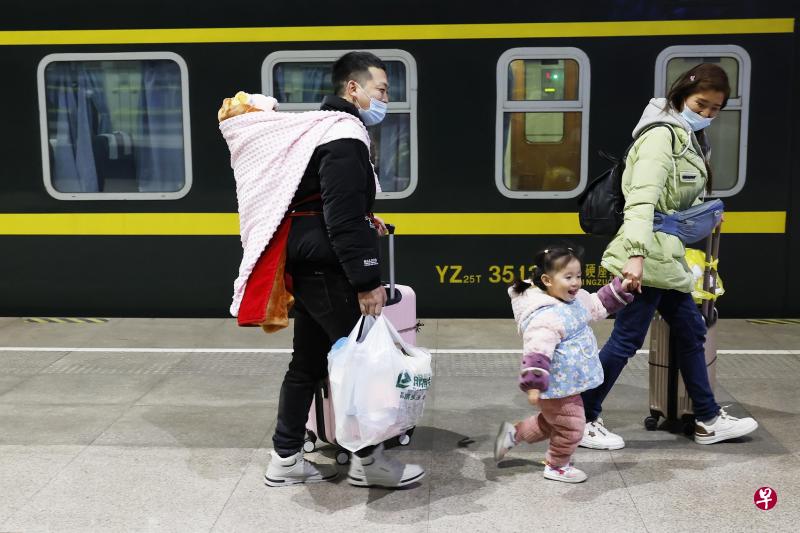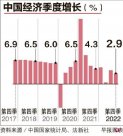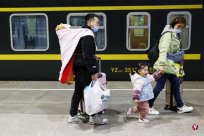
According to data released by the National Bureau of Statistics of China, the country's population at the end of last year was 1.4175 million.The birth of the year of birth fell below 10 million to 9.56 million, and the number of deaths increased from 10.14 million in 2021 to 10.41 million. The natural growth rate was 0.6 ‰, which was the first negative growth since 1961.
The Chinese population decreased by 850,000 in 2022, the first negative growth since 1961.As the world's second largest economy ushered in the inflection point of the population, the analysis is expected to accelerate the shrinking of Chinese labor teams, and the demand for consumption, residential and infrastructure will also decrease.
The data released by the National Bureau of Statistics of China on Tuesday (January 17) shows that the national population of China was 1.4175 million at the end of last year.The birth of the year of birth fell below 10 million to 9.56 million, and the number of deaths increased from 10.14 million in 2021 to 10.41 million. The natural growth rate was 0.6 ‰, which was the first negative growth since 1961.
The United Nations originally predicted in 2019 that the Chinese population will fall in 2031.However, it was expected to reach the peak in 2022, and India will surpass China in 2022, becoming the world's largest population.
The official hints that the increase in the number of deaths is not directly related to the rotation of the epidemic prevention
Wang Jun, chief economist of Huatai Assets, pointed out in an interview with Lianhe Morning Post that the crown disease epidemic in the past three years has impacted employment and travel, which has affected many Chinese people's marriage and childbirth planning.It is not ruled out that the negative growth of the population last year is the comprehensive role of newborns caused by the epidemic and increased death.
China officially announced last week that from December 8th to January 12 this year, there were more than 59,000 death cases in hospitals across the country.Some media asked at a press conference on Tuesday and asked about the changes in China's death population in December last year. Kang Yi, director of the National Bureau of Statistics of China, responded that China conducted a census every 10 years. Last yearThe sampling survey method is carried out at 00:00 on November 1st, and the increase in the number of deaths in the whole year is not directly related to the shift of the December epidemic prevention policy.
Wang Jun believes that the Chinese economy is expected to recover this year, and the birth of the population may rebound, but the general trend of the arrival of the population will not reverse, which will have a profound impact on the long -term Chinese economic development.In addition to the decline in consumption, the decrease in population will also lead to a decrease in demand for housing, which means that it is difficult for the Chinese property market to return to its peak two years ago, and real estate investment will follow.
In addition, as the new population decreases, the demand for infrastructure will gradually shrink, especially in remote areas with large population outflows, and infrastructure investment will also be impacted.
Yi Fuxian, a Chinese population expert at the University of Wisconsin University of Madison, believes that sufficient labor has driven the Chinese economy to grow at a high speed in the past 40 years and build China as a world factory.As the labor population decreases, China's manufacturing industry may quickly decline like earlier in Japan.
Kangyi said in an interview with the Chinese media after the press conference on Tuesday that there is no need to worry about the negative growth of the Chinese population, because the current Chinese labor force is still greater than demand."It is not to say that the total population has decreased, and the demographic dividend is gone. Our labor quality is still increasing, and the level of education per capita has been close to 11 years. It is a good labor supply situation."



